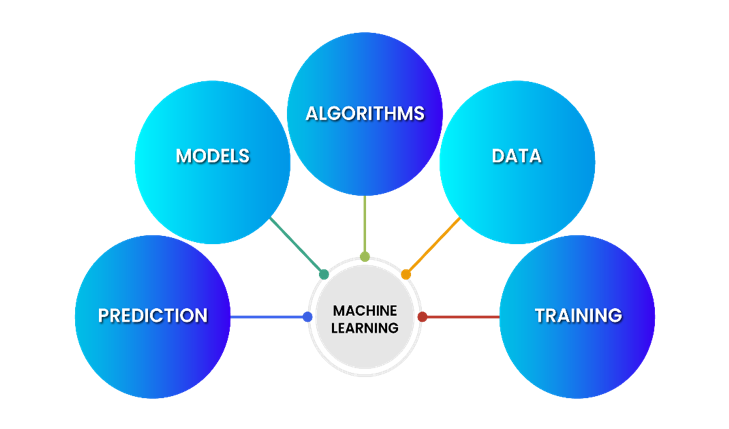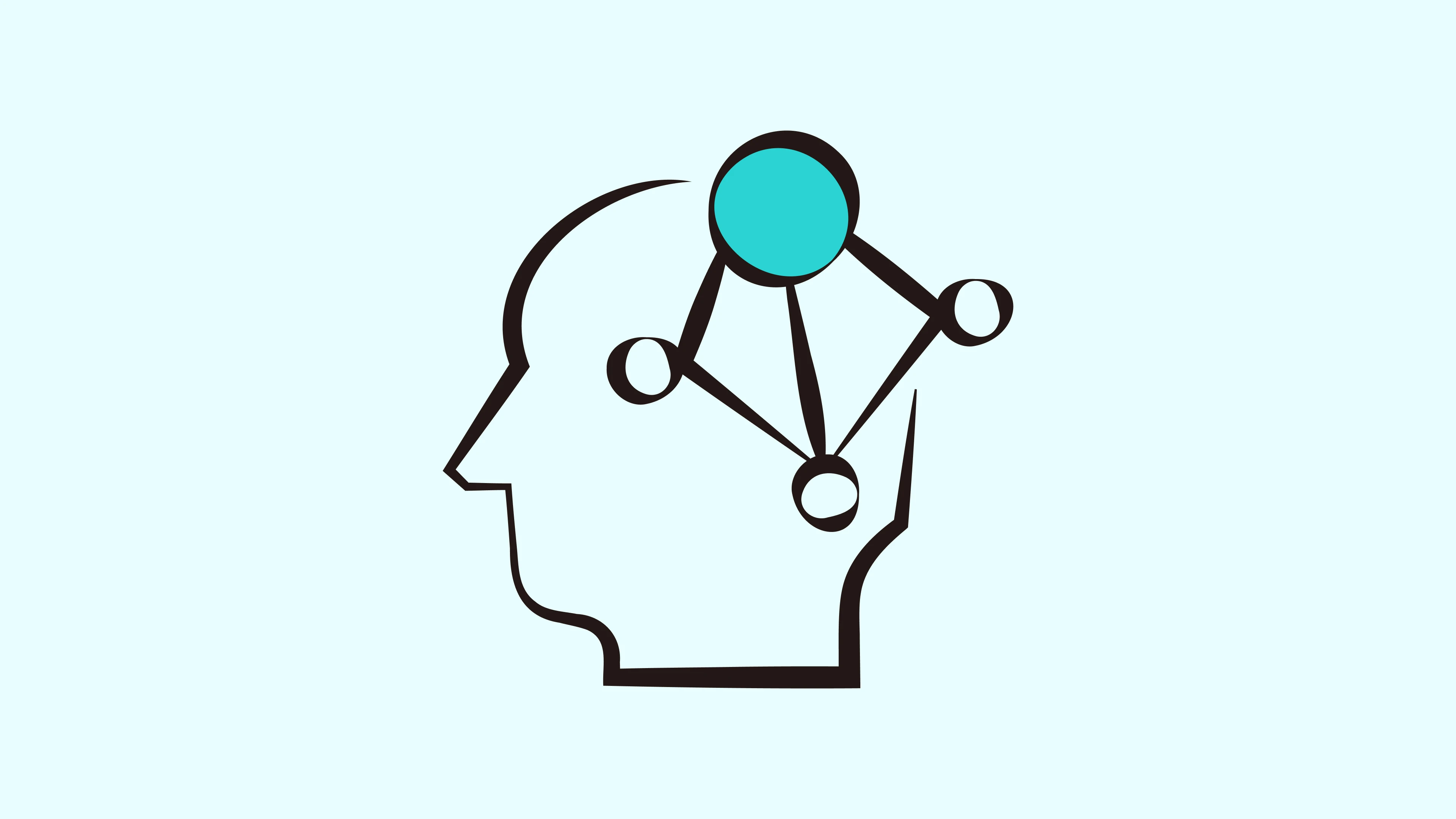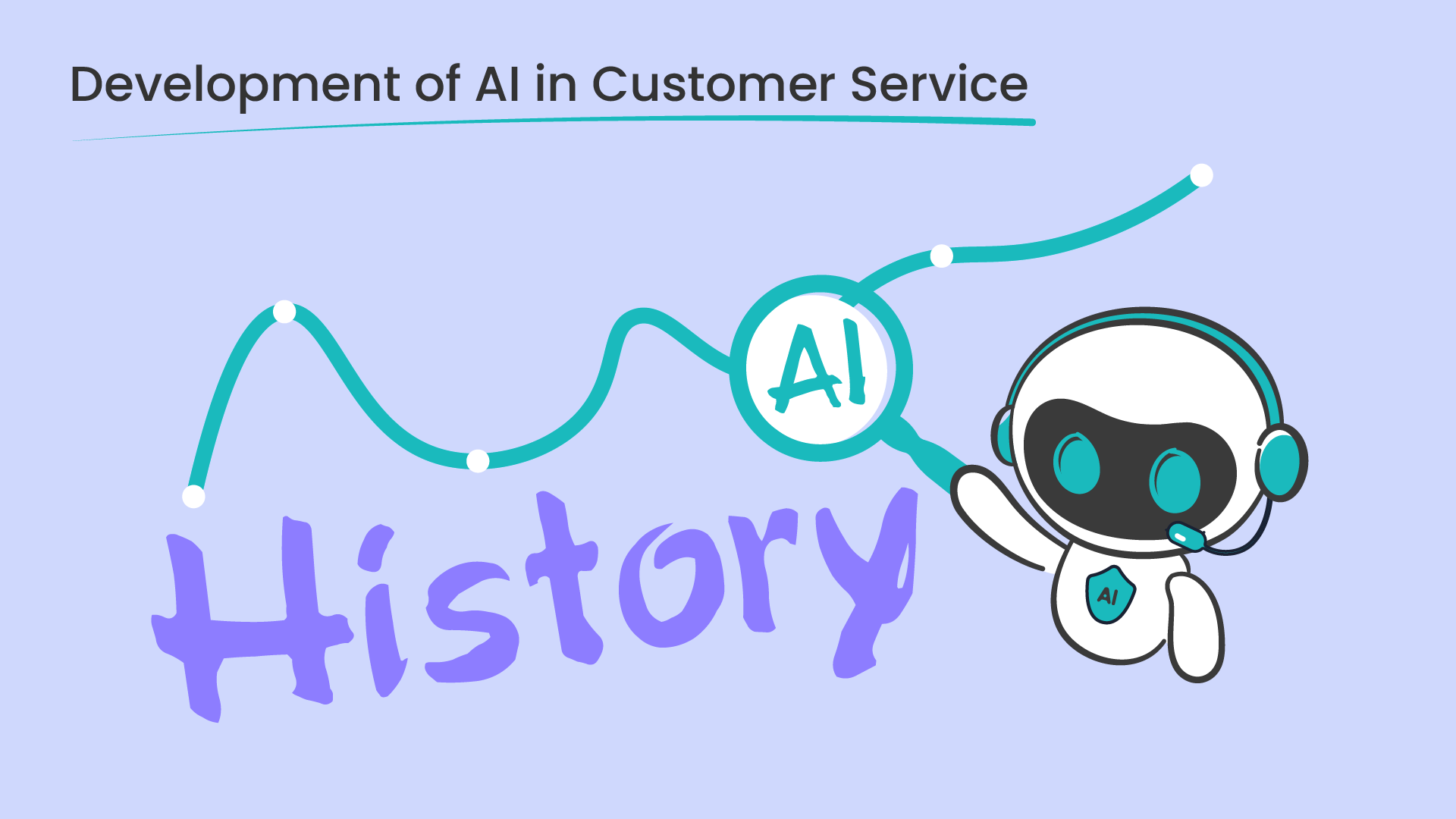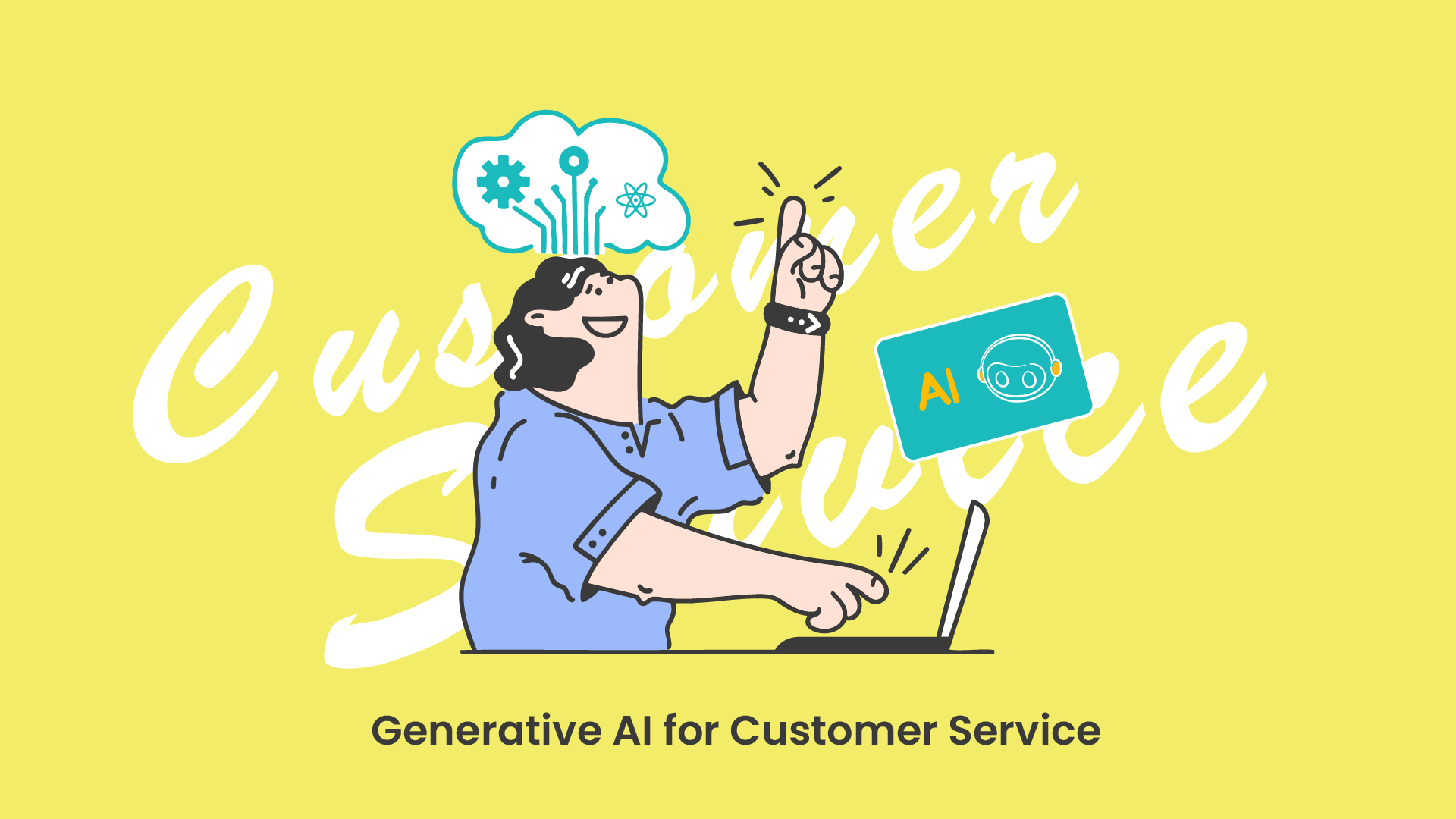Machine Learning is a sub-area of artificial intelligence (AI) focused on designing and developing algorithms and methods enabling machines to learn from data without explicit programming. By not knowing how to perform specific tasks in advance, machine learning models know how to classify patterns from data, improve by learning from the patterns detected, and automatically enhance the knowledge acquired over other information.
Machine learning learns and makes decisions automatically instead of providing explicit rules in a scenario. Developers train models for every case, allowing the system to learn abstract patterns from the data.
Using machine learning algorithms, we at Sobot learn from large amounts of customer interactions and improve its responses to provide better solutions in the future.
This article will trace the basics of machine learning, its classifications, working mechanisms, applications, and challenges, showing how Sobot and many such platforms deploy machine learning to augment customer support and service automation.
Categories of Machine Learning
Supervised Learning
It learns through labeled data, so there would be an accurate output for every input. Its aim is always to try to predict the outcomes for new, unseen data. Examples include classification tasks, like spam detection, or regression tasks, like predicting house prices.
Unsupervised learning
Pattern recognition in unsupervised data is done without being told what the desired output of the model is. Clustering and association- a method for finding the relationships between variables- is one of the standard applications.
Reinforcement learning
This is realized through interaction with the environment and feedback through rewards and penalties. These methods primarily use in-game AI, robotics, and autonomous systems, which require decision-making through trial and error.
How Machine Learning Works

Creating a machine learning model generally involves a pipeline of steps, as described below:
Collecting Data
Relevant data need to be gathered; the model is trained on this basis.
Data Pre-processing
Collected data needs cleaning and preparation. The data processing techniques below are implied: Remove Inconsistencies, Remove Missing Values, Normalize the Data, and Remove Duplicates.
Train the Model
In this step, the chosen algorithm learns from the data. The model, modified by internal parameters like weights and errors, predicts best.
Evaluation
Finally, the model passes some tests against a completely independent set of test data to establish that it can generalize well to completely unseen data.
Deployment and Monitoring
Once a satisfactory model is derivable, it can be put into production and monitored to work effectively in real-world application scenarios.
Machine learning operates based on algorithms. Algorithms define what models learn about data and the nature of problems to be solved. Therefore, the machine learning model will depend essentially on the algorithm for the problem.
Central Machine Learning Algorithms
Some of the most essential machine learning algorithms include the following, used to solve a variety of problems:
Linear Regression is one of the simple predictors mainly used to predict continuous values. It creates a relationship between inputs and output variables, as its objective is to fit a straight line on the data. For example, one can use linear regressions to predict house prices against house size, location, or number of rooms.
Decision Trees preprocess the data by branched splitting based on feature values. Each branch eventually leads to a decision, so decision trees are often used in classifications. The model’s decision-making process can readily be visualized and interpreted.
SVMs are used both for classification and regression. It searches out the best boundary that discriminates classes of things by maximizing the margin between those classes, which helps to differentiate more strongly between different categories.
KNN is an instance-based learning technique. It classifies new data points based on their proximity to previously seen ones. It has been widely applied to various tasks, such as image recognition.
Neural Networks are akin in structure to the human brain. Interconnected layers of nodes, also called neurons, construct neural networks that can identify complex, nonlinear relationships in data. Deep learning is a class of ML methods primarily based on neural networks.
Applications of Machine Learning
Machine learning is being applied to so many industries and transformation-based sectors:
Health
Machine learning can predict diseases, analyze medical images, and give patients individualized treatment options in the health industry. For instance, using ML models, doctors can track the early marks of cancer and Alzheimer’s from scans through the medical images using medical images.
Finance
From detecting fraudulent transactions of banks and other financial institutions to applying machine learning in algorithmic trading and credit scoring, the models can identify suspicious transactions or predict market trends at an accelerated speed.
Marketing
This aids in personalizing consumer recommendations as it can dissect the user’s behavior. It is also used in customer segmentation and sentiment analysis, which enables marketers to align their marketing campaigns according to the intended audience.
Autonomous Systems
Self-driving cars and robots employ machine learning to sense information, interpret it, select it, and safely navigate within the environment. All these models are designed to learn how to improve their decision-making for greater accuracy while keeping it safe.
Chatbots
Machine learning is crucial in chatbots like the Sobot offers. These chatbots apply an ML algorithm to understand the customer’s query and respond accordingly. They start learning with time through these interactions to give more accurate services to customers. The Sobot-generated chatbot has high-level ML capabilities allowing it to precisely sense and process customer queries.
With time, the actual engagement with the customer through ML algorithms makes the chatbots better understood, meaning they can proffer more accurate, relevant, and human-like responses. This self-improving mechanism ensures that Sobot’s chatbot can consistently deliver high-class customer service to clients, making them a precious tool for businesses seeking to improve customer support.
Challenges in Machine Learning
Although machine learning encompasses many strengths, this includes many challenges, such as:
Data quality
Good quality of data trains a machine learning model. Inconsistent, incomplete, or noisy data may drastically degrade any model. This is why pre-processing, cleaning, and organizing the data forms constitute a significant chunk of the time spent in most machine learning pipelines.
Model Interpretability
Some learning models, particularly neural networks, are very much “black boxes.” Explaining what the model has learned and how it makes decisions is challenging. This means a lack of explanation, which may be problematic in healthcare or finance.
Overfitting
A model learns too much from training data, picks noise rather than the underlying pattern, and generalizes poorly to new data. Various techniques, such as cross-validation and regularization, are used to overcome this problem.
Main Trends that the Future Will Hold for Machine Learning
The future of machine learning is going to take shape in more than one way:
As ubiquitous a tool as machine learning is turning out to be, addressing bias in models seems to be taking on a life of its own. Biased data leads to poor outcomes, compounded by the sensitive nature of hiring, lending, and law enforcement. The research to address bias is an active area of development.
Another area gaining momentum with the increasing use of IoT is edge computing. Indeed, no latency and bandwidth consumption can be incurred in data processing since ML models could be deployed on edge devices to perform local data processing.
Machine learning is expected to be at the core of many automation jobs in various industries. From the robotic process automation that recently mushroomed into manufacturing to AI assistants in customer service, its usage will continue to innovate and ensure more efficiency in operations.
Machine learning allows a system to learn to perform a task better over time. Applications extend to health and finance, marketing, autonomous systems, and many more. Yet, problems of data quality, model interpretability, and bias must be sorted out to fully utilize the potential offered by these applications. Machine learning will develop further through edge computing, bias correction, and AI-powered automation.
For Sobot and similar companies, machine learning is the most critical technology for intelligent, responsive chatbots that fuel customer engagement and streamline operations.






